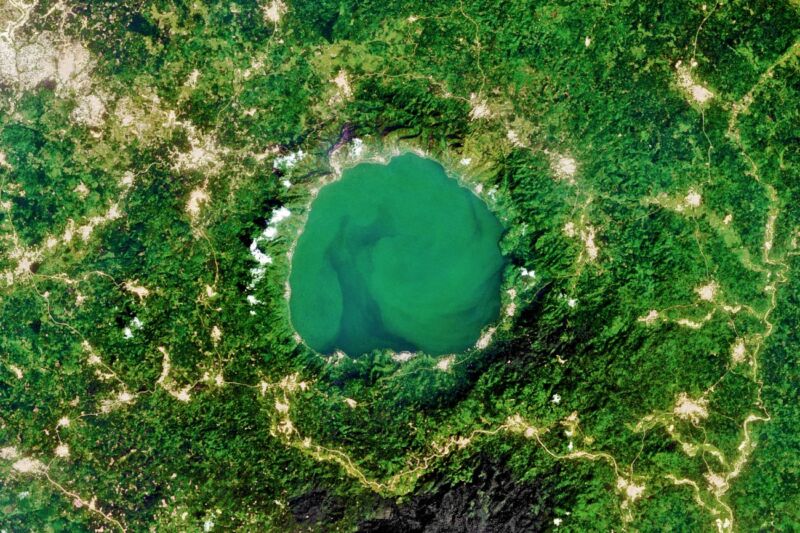Here are 10 alternative ideas for what NASA could do with its Moon budget

Enlarge / Lake Bosumtwi, located in Ghana, is situated inside a meteorite impact crater. Perhaps we should protect ourselves? (Photo by USGS/ NASA Landsat/Orbital Horizon/Gallo Images/Getty Images) (credit: USGS/ NASA Landsat/Orbital Horizon/Gallo Images/Getty Images)
One year ago, NASA embarked upon a journey to send humans back to the Moon for the first time since the Apollo Program. At the direction of the White House, NASA seeks to land astronauts at the South Pole of the Moon by 2024. Only recently, in February, did the space agency put a price on this Artemis Moon plan-$35 billion over the next five years above its existing budget.
Since then, of course, the world has turned upside down. In the weeks after NASA released this cost estimate, the threat posed by COVID-19 has swamped space budget debates or policy concerns. Moreover, most of the space agency's major hardware development programs for the Moon landing are temporarily shuttered. And truth be told, no one knows what kind of economy or federal budget will emerge on the other side of this pandemic.
So during this pause in government spaceflight activity perhaps it is worth asking, is the Moon worth it? Certainly for much of the human spaceflight community, the Moon is the next logical step. It offers a nearby place to test our ability to fly humans beyond low-Earth orbit and the next frontier for human economic activity in space.
Read 53 remaining paragraphs | Comments